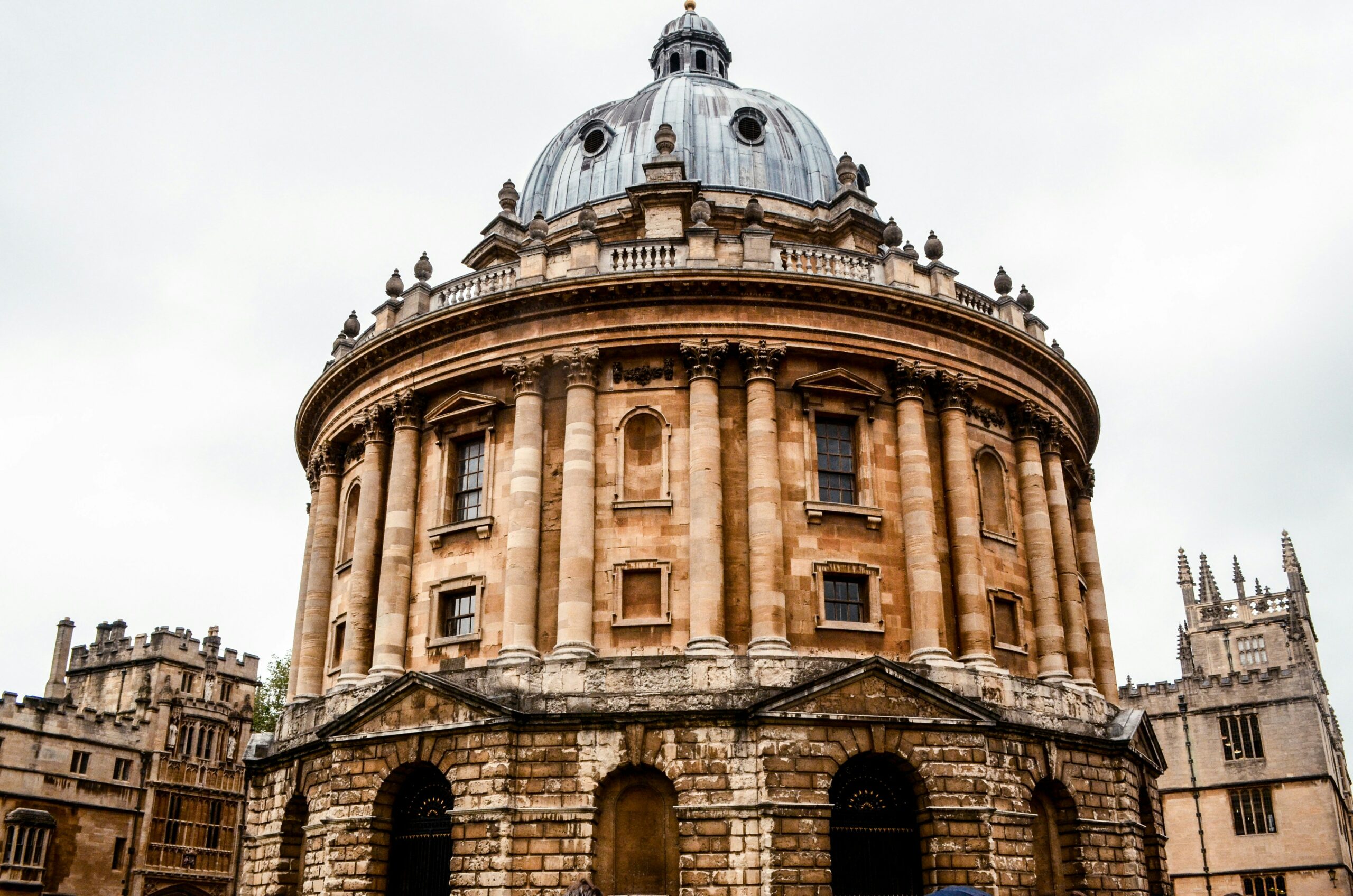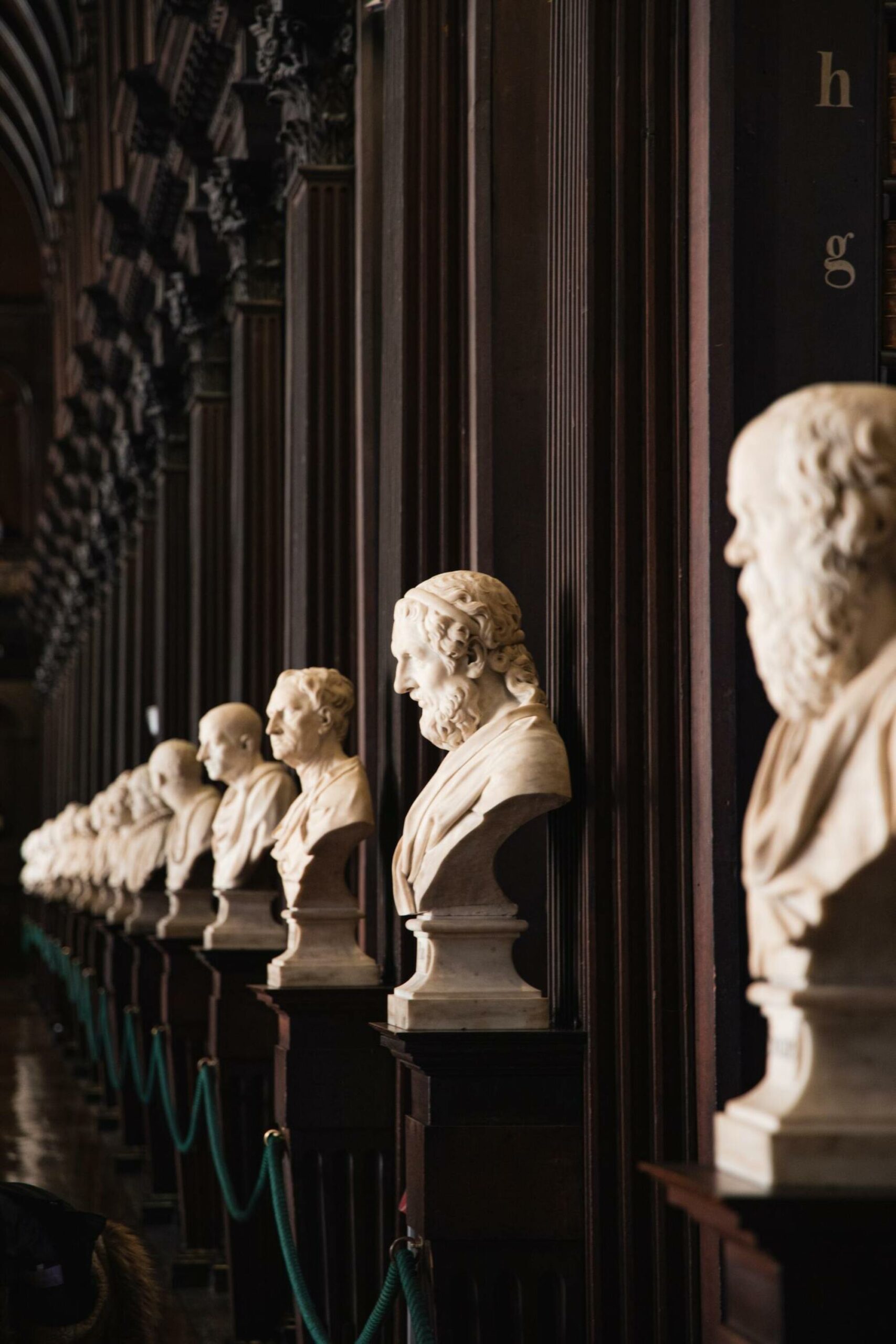An institution’s history and heritage is a powerful brand tool.

History and heritage is a big deal in university branding. For many, history and heritage are the defining qualities of a university brand.
This view is not without some justification. Universities that have been around for a long time will have made significant contributions to society, producing and employing many of the world’s greatest thinkers.
Recruitment will often be highly selective, usually in proportion with the institution’s age. In some cases, entry will be chiefly reserved for certain strata of society.
Such institutions enjoy high levels of name recognition, which extend beyond national boundaries. Employers will come to view the institution’s name as a guarantee of quality.
All of this creates a self-perpetuating cycle. In this, an institution’s history and heritage stand as both a reflection of past glories and a guarantee of future ones.
That is, we’re sure you’ll agree, one hell of a brand.
For universities, advanced age is an advantage
As a rule, the oldest institutions are the world’s best known. Oxford and Cambridge in the UK were founded before the signing of the Magna Carta. Harvard’s foundation predates the US Declaration of Independence by 140 years.
The foundation of a host of venerable European institutions took place between the two (and before: the University of Bologna was founded in 1088). Later, the Industrial Revolution saw a flurry of new institutions, as education moved beyond the confines of the Church. Many of the most prestigious Asian institutions were also founded in the 19thcentury.
This gives us the historical elite. In nearly all cases, these institutions continue to be the most highly-regarded in their respective home countries.
In some instances, they band together to collectively consolidate this prestige. Take the Ivy League in the US, the Russell Group in the UK, and the Group of Eight in Australia. In China, the establishment of C9 Group of universities is a clear reference to older groupings elsewhere in the world.
Making students feel a part of something
Historical universities are at an advantage in branding terms, able to simply point to their long, illustrious histories and prestigious alumni.
We see many use the year of their foundation as a badge of honour. The University of Manchester’s current logo incorporates the year of its foundation (1824). The motto of the newly-founded Sorbonne University – which brings together disparate successor universities to the famous Parisian institution – refers to the year 1257, in which the original Sorbonne was founded. Peking University’s circular crest has the year 1898 at its base, while Stanford’s has 1891.
“[B]rand heritage is a mixture of the history as well as the consistency and continuity of core values, product brands, and visual symbols,” write Ulla Hakala, Sonja Lätti, and Birgitta Sandberg in the Journal of Product & Brand Management. We can see older institutions embrace this in their branding. Open the UCL website and you’ll be greater with a slideshow of the portico, a statue of St Michael, and a grand drone’s-eye view of the cruciform building, over text that points to the year of foundation (1824). Search for St Andrews and you’ll know it’s Scotland’s oldest university without even clicking the link…
Today, however, it’s not just 19th century or older institutions that can point to their lengthy years of operation. Today, we are now seeing institutions we think of as more modern able to point to long periods of operation.
The 1960s saw many new universities founded. Over the course of the 2010s, these institutions have marked their 50th anniversaries. Hong Kong’s Lingnan University, Australia’s Curtin University, and the UK’s University of Bradford are small selection that capitalised on this. Bradford’s 50@50 is particularly interesting – a successful campaign to reduce carbon emissions by 50% in its 50th year. A potent mix of heritage and modern concerns that points a desire to build a new kind of legacy.
For more insight into these campaigns, we can refer to UC Santa Cruz. The Californian institution published a blog looking at its plans to mark its 50th year. These extended to a specialised website, a series of articles, and even a music video! The goal was to reach 17 million people, with the goal of enhancing the university’s reputation. Here we can really see a sense of trying to make current and future students feel part of a half-century tradition. (Academic papers have been written on how younger institutions embrace the trappings of historical universities to create a sense of history).
Seeing those anniversaries marked in branding will create a sense of a university’s heritage for applicants, and also may well point to a longer history than some would have suspected. Creating a timeline of the university’s history can also help foster this sense, be it a history of 50 or 150 years.
Alumni are the embodiment of university heritage
Universities can also make of their prestigious alumni. Many visitors to central London will have noticed the 90m long visual celebration of Kings College alumni (which includes names from the Duke of Wellington to Florence Nightingale to Bloc Party’s Kele Okereke) along the university’s Strand campus. Or there’s the University of Chicago webpage, dedicated to its Nobel Prize winners; a list that includes Barack Obama, Saul Bellow, and Myron Scholes.
Perhaps one of history’s most famous nurses didn’t found your nursing school, and you can’t count everyone’s favourite former US president among your alumni. But for many university applicants, s these names may seem distant and unrelatable. For such applicants, smaller-scale alumni stories and testimonials may prove more relevant. Achievement does not occur only at this level.
Take this alumni page, for Deakin University, which features interviews with alumni broken down by sector, to show prospective students what they could achieve in their field. Or we might look to De Montfort University’s Alumnus of the Month, which spotlights one alumnus/alumna per month to inspire applicants and students.
University alumni will have founded companies, or reached prominent positions in established companies, and generally have achieved in their industry. Creating human stories, in which your university features, will create a sense of its history and heritage.
In branding, the present takes precedence over the past
Institutions with shorter histories are not totally at a disadvantage, then. The key for them is to focus on institutional strengths, building a brand around these. Employers in relevant fields will come to understand this, seeing the name as a mark of quality. This case will be strengthened by cultivating industry relationships
We mentioned De Montfort above. The name may not have the dusty air of privilege of some other institutions in the UK. But ask those in the swimwear or underwear-design world from where they hire graduates, and it’s likely that DMU’s Contour Fashion BA (100% employment/further study) will be more prominent than anything offered by Russell Group institutions.
This focus will allow you to build a living, breathing history. Or, to put it another way, you’d be making this not about history, but about the present. And indeed, this will be what many practically-minded and employment-focused applicants will be thinking about.
It might be many a Harry-Potter fan’s dream to study in photogenic historical campus, peopled by grey-haired professors in long black gowns. Show a young applicant cutting edge facilities, world-class faculty, and strong industry links in their discipline, however, and they’ll soon forget all about pretending to study at Hogwarts



